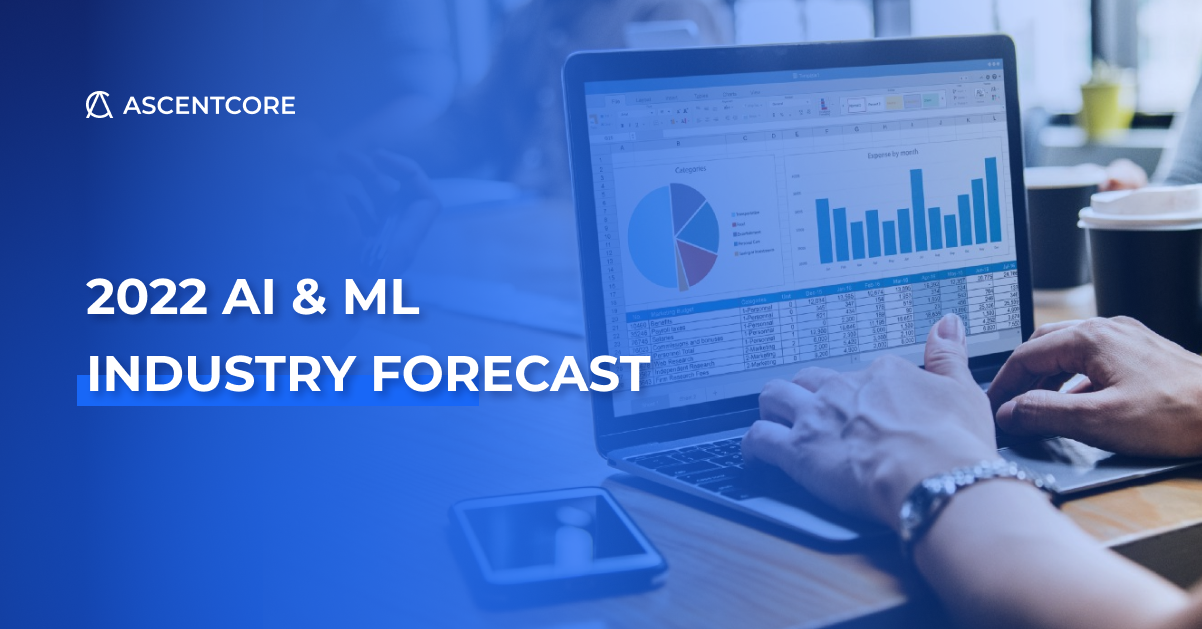Artificial intelligence (AI) and machine learning (ML) have been at the top of tech adoption lists for years and are critical components of digital transformation initiatives. In fact, according to a survey conducted by 451 Research, 95% of respondents said that AI/ML was “very or somewhat important to their digital transformation efforts.” With a number like that, it’s no surprise that we’ll continue to see AI and ML accelerate in both progress and adoption in 2022 and beyond.
While AI can optimize business processes and automation across any industry, we are still in the early adoption phase for most organizations. There is a lot of conversation around what AI and ML technology can do, but when it comes to real-word use cases, the focus is narrow and niche in particular domains. As such, we are still in a speculation phase of the true potential of AI and ML, but here are a few trends we think will be coming in 2022 – and beyond.
The regulation of AI
With the continued spread and adoption of AI, the odds are high that it will become a regulated sector. So how concerned should we be about government regulation of AI? It depends on where you are in the world.
AI regulations will probably not come into force in any meaningful way in the U.K. and Europe during 2022. But progress will be made, especially within the EU. In April 2021, the European Commission proposed the AI Act – the first ever attempt at horizontal regulation of AI. The legal framework focuses on the utilization of AI systems and the associated risks. The proposed regulation would apply stricter regulations and restrictions to use cases considered “higher risk,” such as facial recognition. Some AI systems deemed to have “unacceptable” risks would be prohibited altogether.
China offers an example of two major laws that have already been implemented: 1) the Data Security Law and 2) the Personal Information Protection Law. The former law took effect in 2021 and requires companies to classify data based on its economic value and relevance to China’s national security. The second law, which also took effect last year, dictates how citizens’ data can be used. Both laws have had significant impacts not only in China, but for businesses around the world.
In the U.S., work is ongoing on an AI “bill of rights,” but significant legislation will probably not happen given that 2022 is a midterm election year. However, we could see some forward momentum from The Federal Trade Commission, as they’ve issued guidance on issues such as algorithmic bias and how existing legislation – such as the Fair Credit Reporting Act – could be leveraged to punish unfair or discriminatory outcomes for consumers.
Industry-specific uses
It’s likely that we’ll see more advanced use cases of AI and ML across a spectrum of industries in the remaining months of 2022. We’ve already seen long standing use cases such as churn analysis in the telecommunications industry as well as fraud detection in the financial sector. Moving forward, we may see the next level of opportunities for these technologies in other industries, as well. For example, the healthcare and life sciences industry could use this tech for clinical trial analysis, while manufacturers could turn to AI for improved employee safety. The telecommunications field could level up their use of AI through vision analytics for infrastructure inspection.
A platform or an application?
As AI and ML technologies advance, we could see some companies acting as the platform (i.e., development tools, operating systems, infrastructure, etc.) on which other companies’ applications run. However, the number of businesses who act as bona fide platforms will probably be low, and many of them will wind up as the application provider for solving problems.
But we shouldn’t forget about the largest application providers who will likely be able to straddle the platform-application divide, and do so on an enormous scale. As such, smaller AI companies will have to differentiate themselves from those giants through their understanding of the power of AI to automate processes and transform business.
Large language models
Large language models are among the biggest models in terms of parameter count, trained on massive amounts of text data, sometimes at the petabyte scale. These pre-trained models can predict the probability of a sequence of words and generate text. The “large” label is also associated with the amount of resources needed to run them, in addition to the large volumes of data needed to train them.
These models hold great potential for natural language processing and offer many more use cases. For example, Google’s transformer language models in 2017 transformed this arena by considering all the words in a sentence at once, rather than in sequential order. This allowed for the processing of much longer strings of information. This year, we could see better text generation, and the generation of other sequences, including computer code, virus mutations, and images. Large language models also hold the potential for the automation of a variety of tasks.
More demand for hardware accelerators
AI can strain traditional IT infrastructures which is why hardware accelerators will be a continued need for many businesses. These accelerators can help speed up the execution of AI tasks, with less wear on infrastructure. While hardware accelerators are already in use – 77% of organizations say they currently use one – it is likely we’ll see an increase in demand. For those vendors who develop their own hardware accelerator chips, this could mean some increased competition, with startups getting to maturity and shipping them in volume.
More to come in 2023 – and beyond
We are truly at an exciting tipping point for the adoption and use of AI and ML technologies. As governments scramble to keep up with the industry, vendors become both platforms and applications, and tech like large language models are developed, the possibilities are endless for the future of AI and ML.
At AscentCore, we provide end-to-end product development services, including specialized expertise, in a wide cross-section of industries and solutions. With a focus on AI and ML, we deliver transformational results for our clients by leveraging the latest technology and empowering companies to disrupt, transform, accelerate, and scale. Find out more about us.



